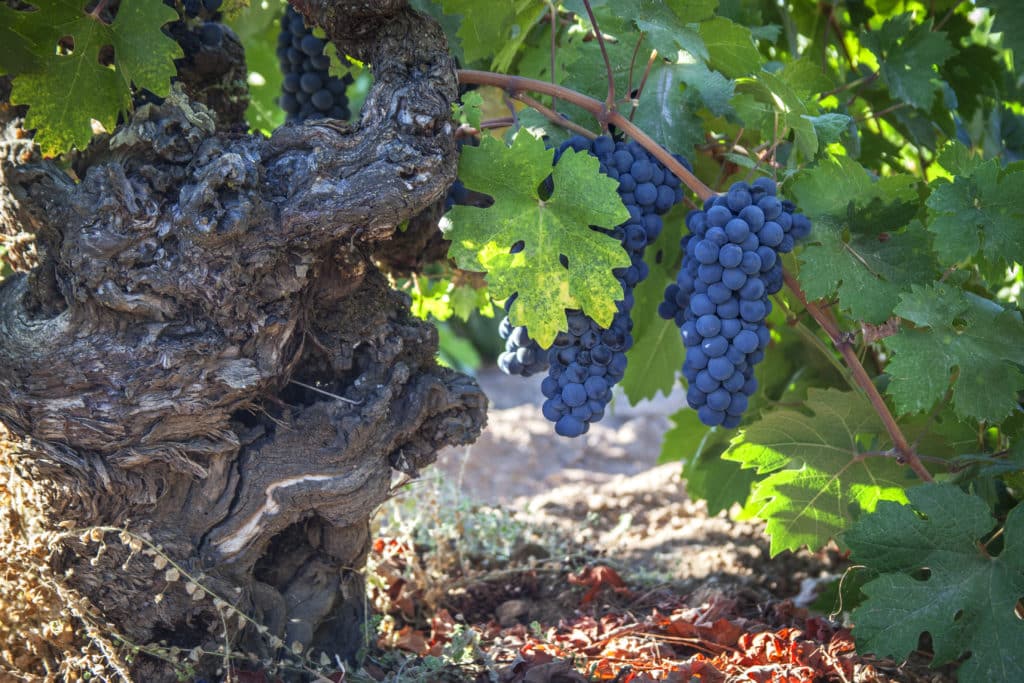
Our latest allocation to Black Chicken Society Members has been released! Each wine we make has a story that we want to share with you, including tasting notes & the nitty gritty winemaking information. We hope that when you drink these wines with loved ones, they create beautiful memories. Cheers!

2018 Black Chicken Zinfandel: Sourced from the same family vineyard that Aldo, Nonna, Bob Biale and the Biale family have farmed their whole lives, with additional grapes from our neighboring winery vineyard in the Oak Knoll District, Black Chicken stands as the ultimate expression of Zinfandel from the cool southern Napa Valley, and perhaps the most famous icon of Napa Valley Zinfandel in general.
Winemaker’s Tasting Notes: The Oak Knoll winegrowing region is prevalent in this wine with its ripe aromatics and juicy acidity. The nose is full of vibrant black cherries, raspberries, cinnamon, white cake, fresh purple flowers, and subtle dried herbs. The entry is bright and gives way to supple, round tannins with a kiss of toasted oak. The lovely finish is the signature of this elegant and remarkably balanced Zinfandel. This wine is ready to be enjoyed immediately or worthy of 5 to 7 more years of cellar time.
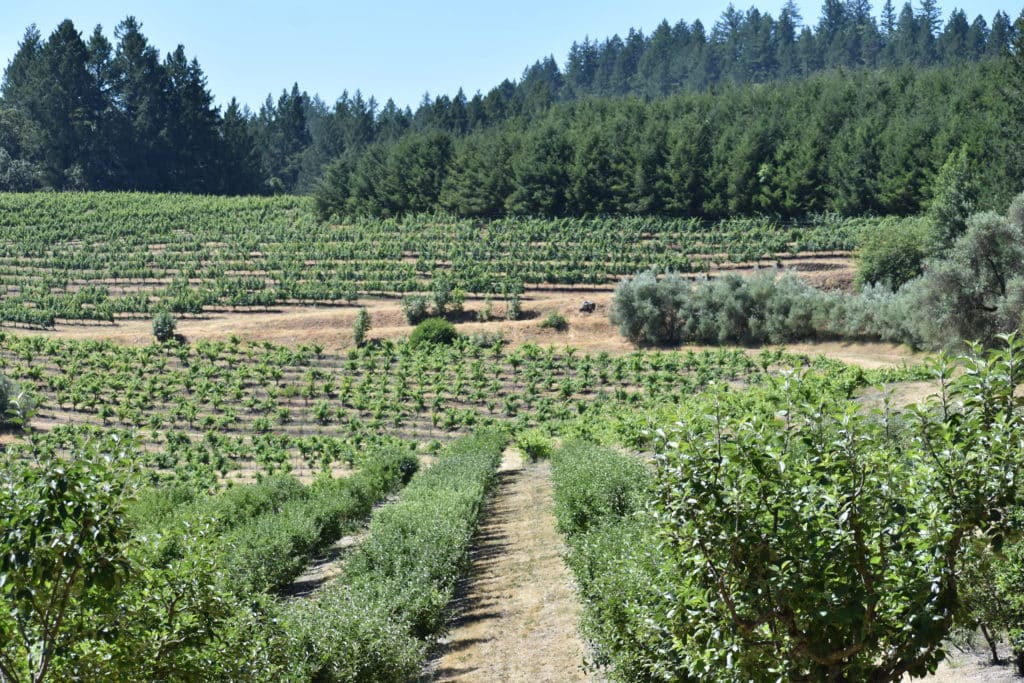
2018 York Creek Vineyard Zinfandel: New Exclusive!
Situated in the Mayacamas Mountains west of Saint Helena, the property spans 700 acres with 125 planted to vineyards. It runs up the side of Spring Mountain, cradles the ridge of the mountain, and extends over into the Sonoma side. Named after the York Creek that runs through the vineyard, this same creek flows down through Saint Helena. The vineyard is made up of 50 different blocks that are beautifully woven through the forest, which is densely filled with Redwood, Oak, Chaparral, and 21 other types of trees. This wine is a true expression of the vineyard site from the aromatics to the palette.
The York Creek Vineyard was purchased by entrepreneur Fritz Maytag in 1968 as a retreat from the city life where he could camp with the family. You may recognize the name Maytag as he has a wide-ranging resume including beer, washing machines, and cheese. Fritz Maytag is the former owner of Anchor Brewing Company who developed the brand across 40 years becoming the icon that it is today. He is also the great-grandson and heir to the Maytag Washing Machine Company and sits on the board to his family’s Maytag Dairy Company. Fritz was solely a grower for many years and sold his grapes to top notch producers. However, the winemaking bug bit him for a period and he built one of the first industrial wineries in San Francisco–just down the road from Anchor Brewing Company. His entrepreneurial spirit is fit for a vineyard of this magnitude and allows it to fully speak for itself.
Winemaker’s Tasting Notes: Peach, dark plum, blueberries, cocoa powder and spiced cake aromas. This wine has nice weight with a bright, fresh entry. It has firm structure backed by mountain tannins which ensure a long finish and long age ability.
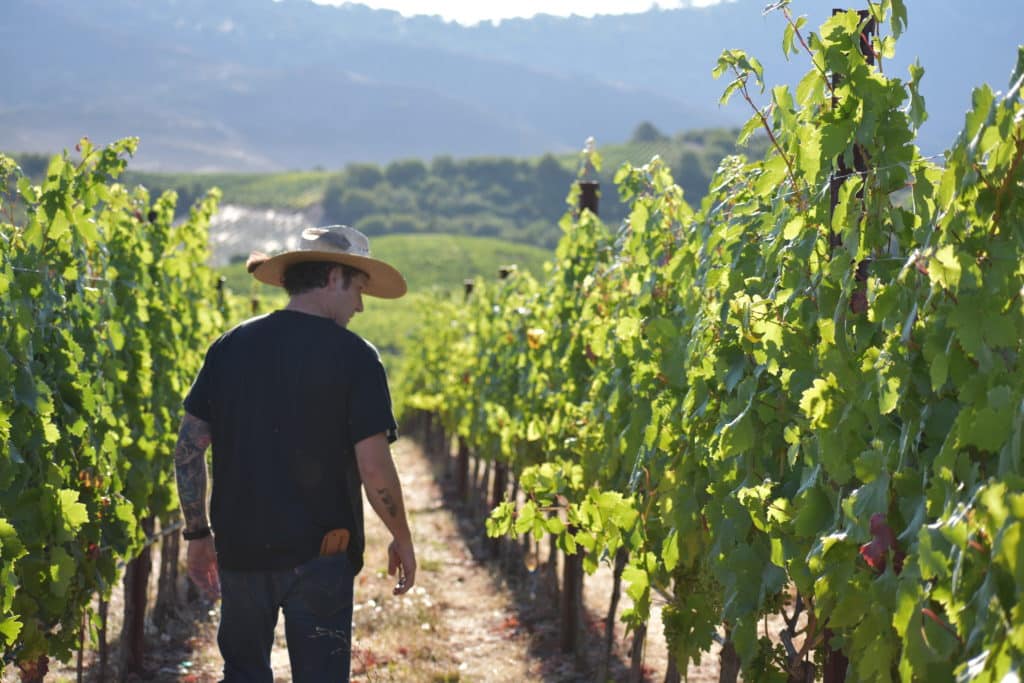
2018 Stagecoach Vineyard® Zinfandel: We are most proud of our project at Stagecoach Vineyards®; what we have boldly called “the most serious planting of Zinfandel in Napa Valley’s modern era.” Stagecoach Vineyards® in its entirety is no ordinary vineyard location – it is more like its own district in and around Atlas Peak, Pritchard Hill, and Oakville that encompasses hundreds of acres of prime mountain vineyards that supply dozens of winemakers with some of their most prized grapes. What makes us different, is that, we are the only guys on the mountain daring and dedicated enough to be producing a Zinfandel. But, after tasting it over ten years of winemaking – it’s worth all the expense, trouble, and long treks up beyond Atlas Peak.
Winemaker’s Tasting Notes: The 2018 Stagecoach® is a serious red wine that shows the traits of what makes Napa Valley wines renowned and in-demand around the world. Layered, nuanced, sophisticated, and redolent with bold and ripe aromatics. This wine explodes out of the glass with wild blackberries, jasmine blossom, cola, notes of dried sage, wild iris and compote of mixed berries. Firm and succulent mid-palate tannins make for a long and juicy finish.
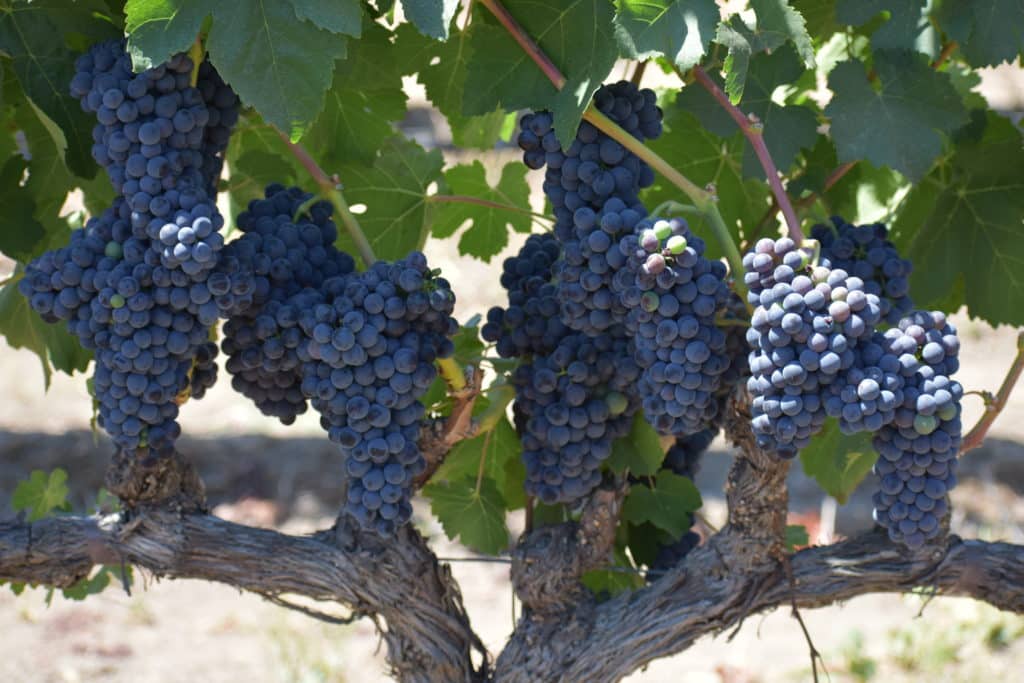
2018 Royal Punishers Petite Sirah: Petite Sirah was the most planted grape in Napa Valley for nearly a century and it could be said that we are witnessing a renaissance and new appreciation for this heroic variety! It is again being recognized by winemakers, insiders, wine judges, and critics alike, who know that Petite Sirah is a time-tested noble grape that is truly deserving of status as one of California’s classic varietals. Petite Sirah is actually the offspring of two different varieties. This marriage was performed in the 1880s by French grape horticulturalist, Francois Durif, wherein he grafted Peloursin with Syrah. The resulting offspring, he modestly named after himself–Durif! This deep, dark purple–almost black varietal eventually made its way to California in the late 1800s where it was planted widely and renamed Petite Sirah.
In 1999, Biale was able to partner up with Tom Gamble and his family of Carpy-Connolly Ranch to source Petite Sirah from some of the most hallowed and prized dirt in Napa Valley–Rutherford. Now the real question–how did this wine get the legendary name Royal Punishers? Get a pencil and unscramble the words Royal Punishers and rearrange the letters to spell the names of its parents–Syrah and Peloursin.
Winemaker’s Tasting Notes: The 2018 Royal Punishers has a deep, blackish blue color profile. Aromas of currants, blueberry, quince, violets, figs, molasses and graphite. The entry is weighty with a broad mid-palate structure which has layers of ripe, black fruit flavors. The oak profile is balanced and the tannins are medium grained which hold the fruit profile and carry a long, lingering finish.
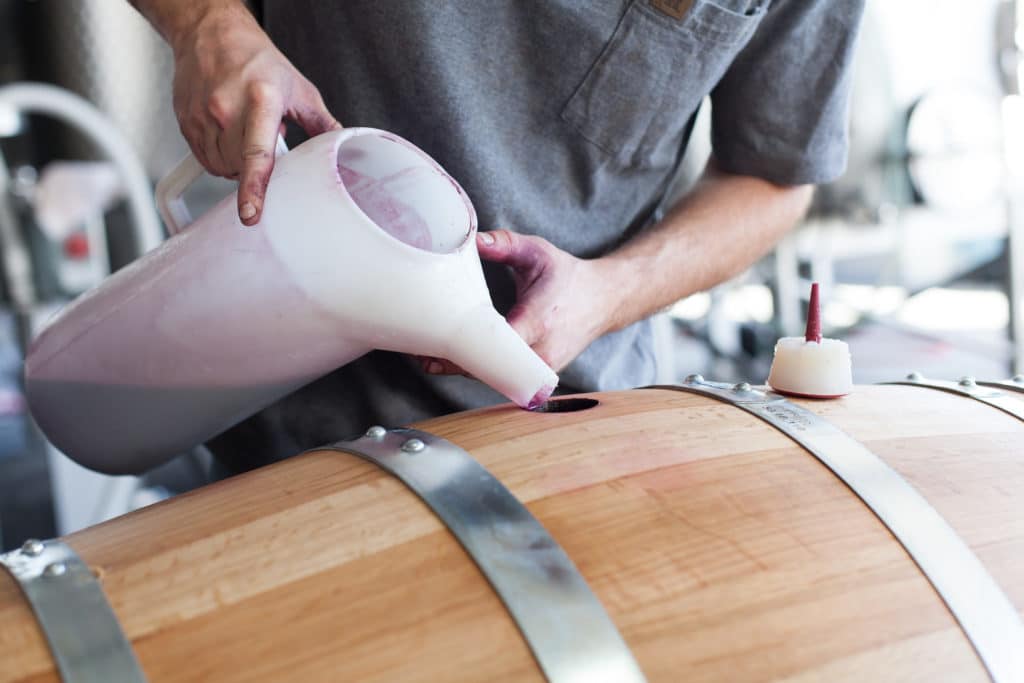
The nitty gritty of our harvest & barrel program of these wines:
At harvest, the fruit is hand-picked and hand sorted to ensure that only the best fruit makes it into the fermenter. The grapes are then crushed and gravity fed into open top tanks. The must is cold soaked for 2 to 4 days at 50˚F. We then inoculate the must with commercial yeast strains. For color and tannin extraction, we do 2 to 3 punch downs per day. Fermentation is usually complete after 14 to 16 days at a maximum temperature of 86˚F. At dryness, we lightly press to 100% Burgundy oak barrels of which 20% are new. Malolactic fermentation is completed in the barrels. The wine was aged in barrels for fourteen months.